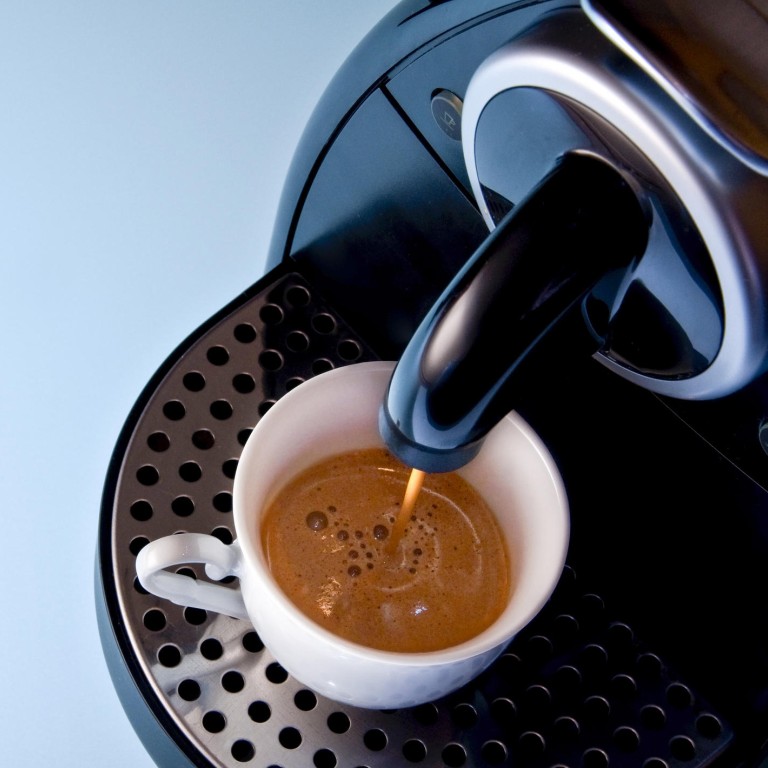
Brands need to keep up with changes in China’s luxury consumption patterns
Consumption at high end enters aphase driven by socio-economic shifts and rise of a new elite
Walk into a Nespresso boutique and you might be greeted by a picture of actor George Clooney, pleasantly smiling over a cup of jet-black espresso coffee.

Nespresso is giving coffee its luxury cachet back, after it fell out of luxury and was transformed into an everyday, mass product in the early 20th century.
Coffee was once a delicacy enjoyed by the nobility in the 17th and 18th century European courts. Such is the cycle of luxury, where products can move in and out of being perceived as high-end status symbols or experiences.
The ways in which consumers acquire and use luxury products depend on the social, cultural and economic environment, which affect perceptions of luxury brands.
China is a hotbed of these moving forces. With profound recent socio-economic changes and the rise of a new elite, the face of luxury consumption is changing.
About half of luxury consumers are affluent households that recently acquired their wealth and spend between 12 per cent and 20 per cent of their income - or between 20,000 yuan (HK$25,200) and 60,000 yuan a year - on luxury goods, a recent McKinsey report showed.
And luxury role models, who represent only 1 per cent of luxury consumers, will account for 24 per cent of spending next year, the report said.
Many of them are living in Beijing or Shanghai, with ties overseas. Their social circles include friends with second-generation wealth - so they have had long-term exposure to luxury brands and are sensitive to China's original values and history and also to Western values.
Chinese customers are evolving from simple luxury takers to tastemakers
Overall, these socio-economic changes are bound to change the nature of Chinese luxury consumption, in terms of the types of product that are associated with luxury and the ways in which luxury can be communicated effectively.
This is not to say that Chinese luxury consumption will not keep a few key specificities. For instance, more than half of all luxury goods are purchased as business or personal gifts, not for the buyer's own consumption, and this trend is set to remain. Similarly, the Confucian perception that luxury represents a social glue that binds together rather than separates people is here to stay.
Finally, Chinese customers mostly buy luxury goods outside China, in part because of high taxes on luxury items at home.
Other signs, however, suggest that China is entering a new phase of luxury consumption. For instance, the internet has given birth to a hyperconnected generation with more sophisticated consumption patterns and deeper knowledge of luxury products.
In addition, many Chinese have received an education abroad or have contacts with Western culture in their professional lives.

Also, recent trends suggest Chinese customers' conspicuous use of luxury items is fading, at least in areas that have experienced sustained growth and social stability over the last 10 years.
This is consistent with research in sociology, psychology and marketing suggesting that when socio-economic factors stabilise luxury consumption shifts from being conspicuous to inconspicuous.
In this later stage of luxury consumption, people consume luxury more parsimoniously and more for its aesthetic value than its status value. In China, this is manifested by increasingly greater attention being paid towards experiential luxury, and decreasing attention to the purely material aspects of luxury.
Overall, Chinese customers are evolving from simple luxury takers to tastemakers.
What are the implications of these changes for luxury brands?
First, they should invest massively in predictive tools that can help them anticipate and estimate quantitative and qualitative changes in luxury consumption.
For instance, watching macro factors related to socio-economic changes and careful monitoring of online conversations about luxury brands can help reliably predict the type of products or the level of conspicuousness most likely to be associated with luxury.
Second, luxury brands should change their management focus and take into account the moving frontiers of the Chinese luxury space. For instance, brands should anticipate and monitor unwanted associations (for instance, links between luxury watches and political scandals).
Third, luxury brands should aim to marry Chinese and Western values.
Some brands have already responded to this challenge. For instance, to turn sales around and anchor Yue Sai, a cosmetics brand acquired by L'Oreal in 2004, as a true Chinese luxury brand, the brand decided to include ingredients borrowed from Chinese traditions and mix them with L'Oreal's positioning and focus on innovativeness.
Luxury consumption in China is bound to change quantitatively and qualitatively based on moving societal forces, and only the brands equipped to anticipate and manage these changes will take full advantage of the evolving perceptions of luxury.
